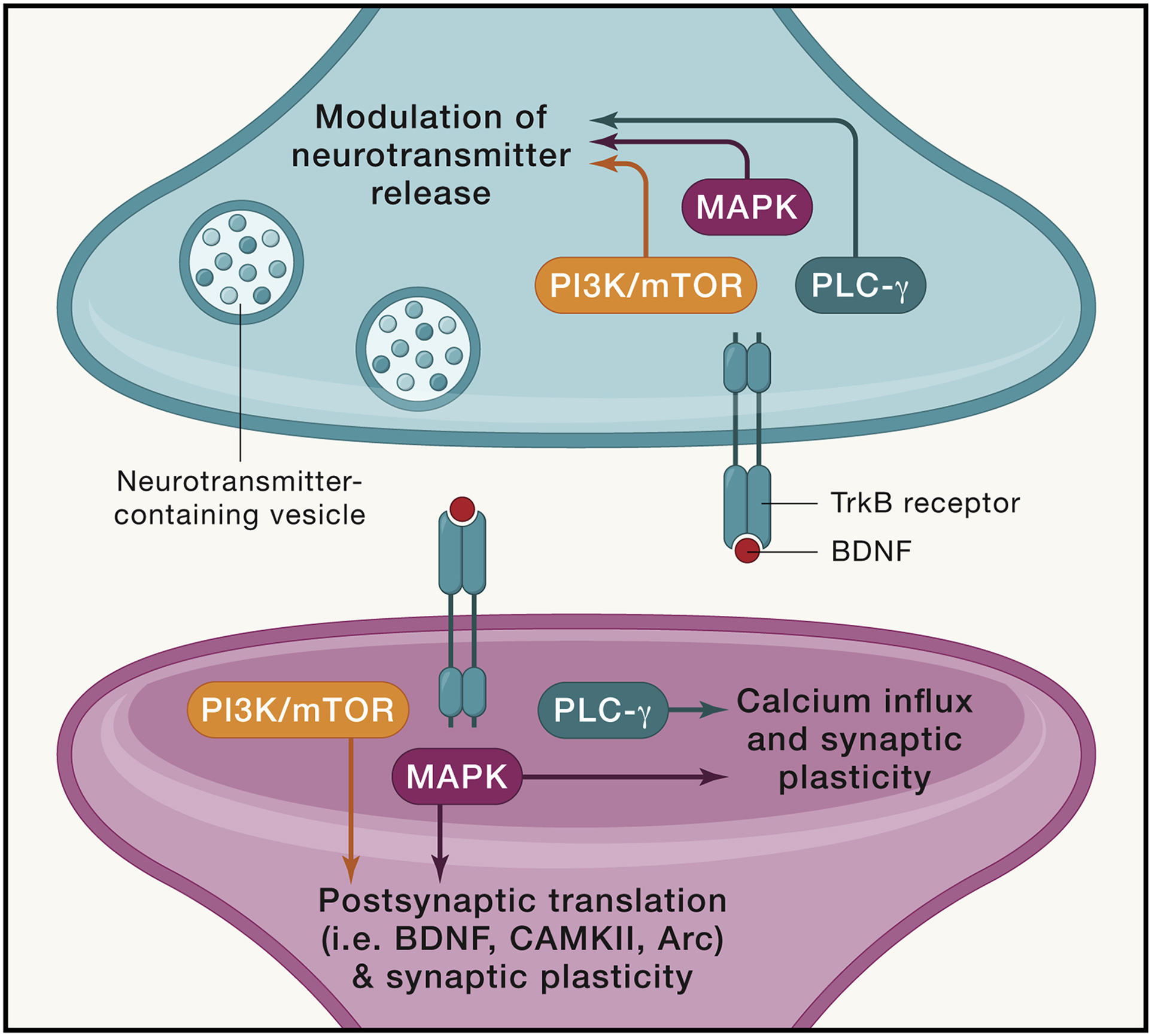Figure 2: Schematic demonstrating the pre- and postsynaptic actions of BDNF-TrkB activity.

The release and action of BDNF is precisely regulated and has specific effects depending on the location of its binding to TrkB receptors. After BDNF is cleaved into its mature form, it can be trafficked to both presynaptic boutons and postsynaptic dendritic sites, where it is stored in dense core vesicles. Upon arrival to the synapse, BDNF is released with the help with SNARE proteins such as SNAP25, SNAP47, and synaptobrevin-2 (Syb2). Upon release into the extracellular space, BDNF then acts locally on cis- and trans-synaptic TrkB receptors. Activation of receptors at different locations differentially affects processes such as synaptogenesis to synaptic plasticity. Once BDNF binds to its high affinity TrkB receptor, it can activate downstream TrkB signaling pathways, as well as be endocytosed into an BDNF-TrkB containing endosome to be trafficked for further intracellular signaling or recycling of receptors.
